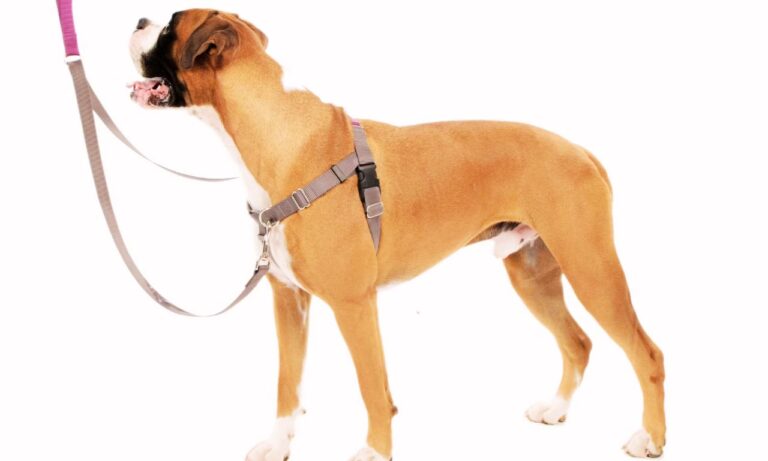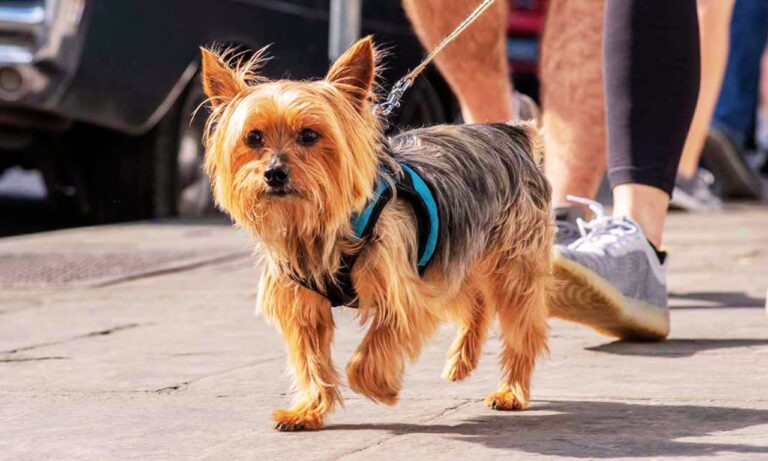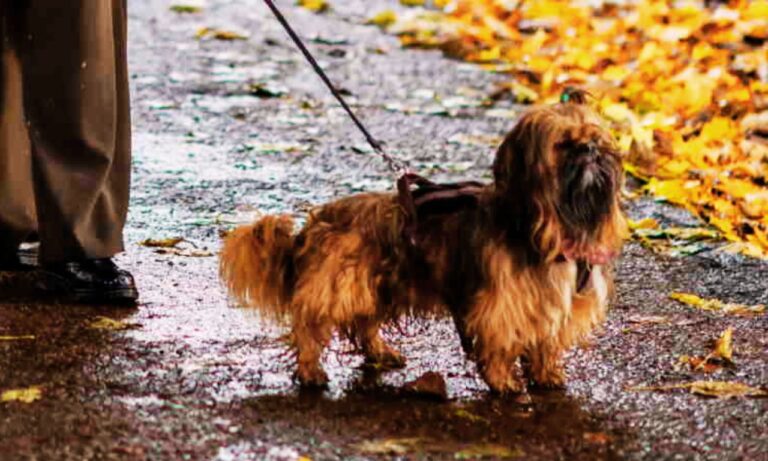Shiba Inus are a small-to-medium-sized breed with a thick double coat, independent nature, and a reputation as escape artists. Due to their unique anatomy and behavior, finding the perfect collar size is essential for comfort, safety, and control during walks and training. An improperly fitted collar can lead to discomfort, hair matting, or even injury, while an overly loose one may allow your Shiba to slip away. So, what are the best collar sizes for Shiba Inu?
This detailed guide provides insight into the best collar sizes for Shiba Inus, how to measure them correctly, recommended collar types, and tips to ensure your dog stays secure and comfortable. Let’s dive in! Explore the best dog collars for French Bulldogs to keep them comfortable while ensuring durability and style.
Blog Highlights
ToggleQuick FAQs: Best Collar Sizes for Shiba Inu
Why Proper Collar Size Matters for Shiba Inu
Shiba Inus are known for their curious and energetic personalities. Their independent nature makes them prone to pulling or escaping during walks, so having the right collar size is essential. A collar that is too tight can cause discomfort or choking, while a loose collar may slip off easily, posing a safety risk. With a proper fit, collars help:
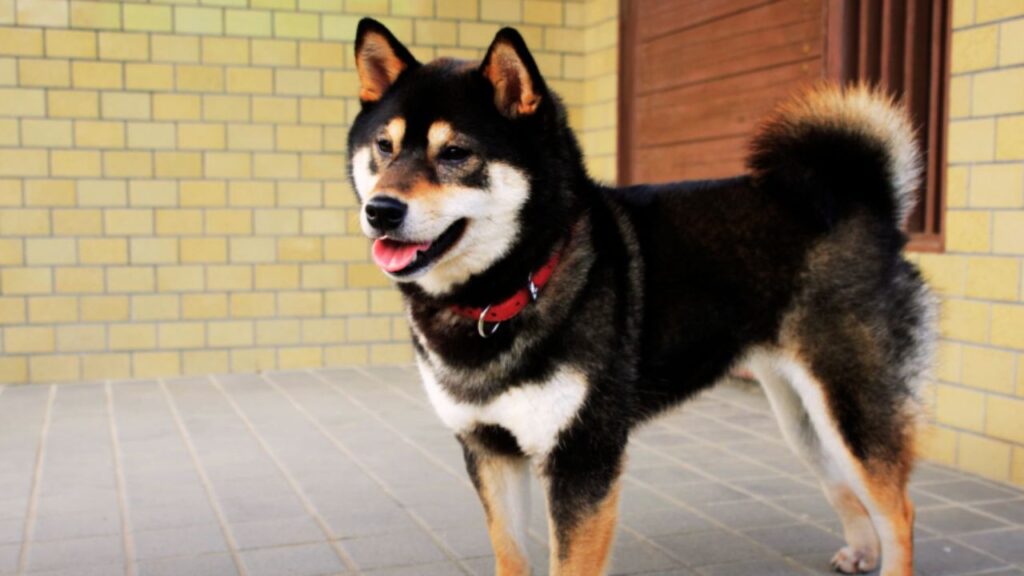
- Control During Walks: Manage your dog’s movement, preventing pulling or lunging.
- Identification and Safety: Carry ID tags to help reunite you with your dog if they get lost.
- Training and Behavior Management: Reinforce good leash manners and other behaviors.
- Legal Compliance: In many areas, dogs must wear collars with identification and vaccination tags.
What Are the Best Collar Sizes for Shiba Inu | Best Collar Sizes
Shiba Inus grow rapidly during their first year, so it’s important to select adjustable collars to accommodate their changing size. Below is a size guide to help you choose the best collar size at different stages.
Puppy Collar Size (8-16 Weeks)
- Recommended Size: 8-12 inches (20-30 cm)
- Weight Range: 5-10 pounds (2.3-4.5 kg)
- Tip: Use lightweight, adjustable collars to avoid weighing down your puppy’s neck.
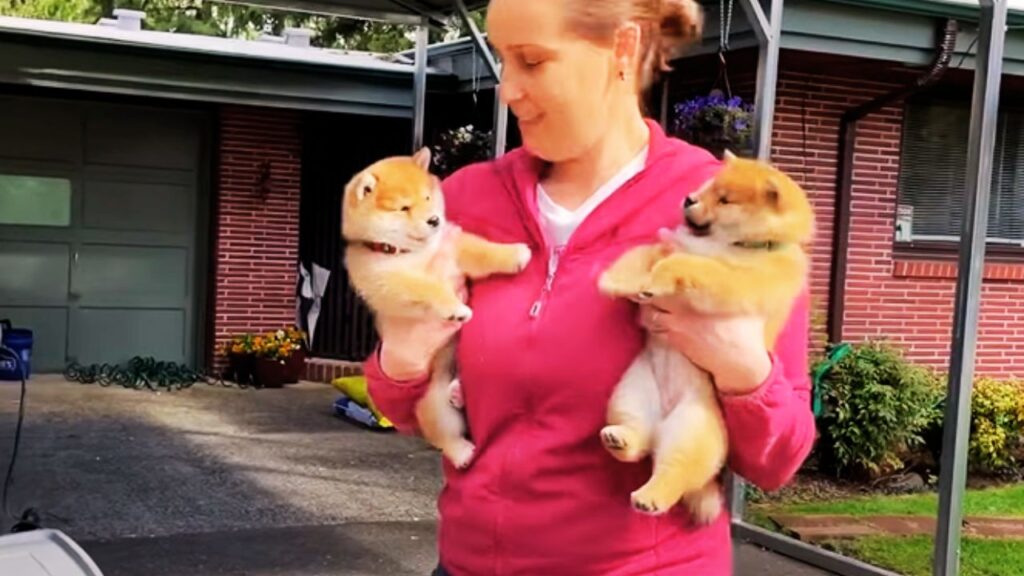
Adolescent Collar Size (4-12 Months)
- Recommended Size: 12-16 inches (30-41 cm)
- Weight Range: 12-20 pounds (5.4-9 kg)
- Pro Tip: Adjust the collar every 2-3 weeks during this growth phase to ensure a snug fit.
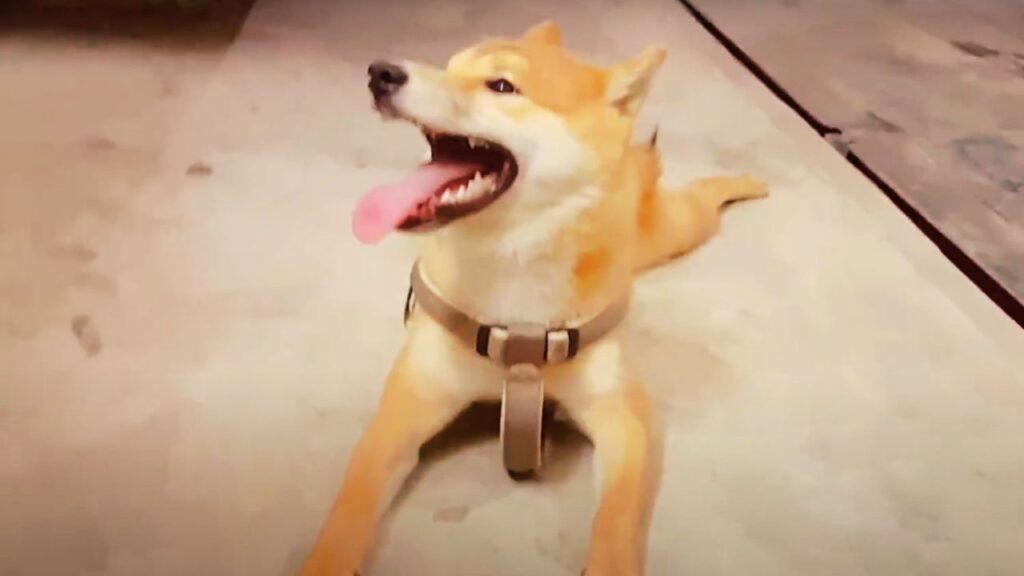
Adult Collar Size (1+ Years)
- Recommended Size: 14-20 inches (36-51 cm)
- Weight Range: 17-23 pounds (7.7-10.5 kg) for females, 20-25 pounds (9-11.3 kg) for males.
- Tip: Opt for collars with a width of ¾ inch to 1 inch (2-2.5 cm) for durability and comfort.
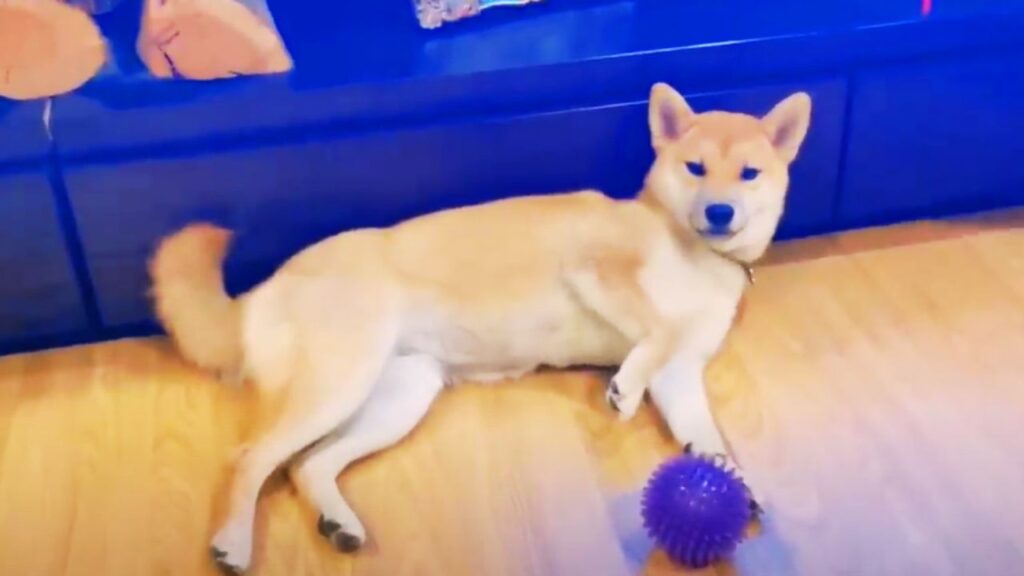
Understand if French Bulldogs can wear dog collars and how it affects their neck structure and overall health.
How to Measure Your Shiba Inu for a Collar
Proper measurement ensures that the collar fits well without causing discomfort. Here’s how to measure your Shiba Inu’s neck accurately:
- Use a Soft Measuring Tape: Wrap it around the base of the neck, just above the shoulders.
- Add 2 Inches: This extra space ensures that the collar won’t be too tight.
- Apply the Two-Finger Rule: After putting the collar on, you should be able to fit two fingers between the collar and your dog’s neck.

Example Measurements:
- Puppies: 8-12 inches (20-30 cm)
- Adolescents: 12-16 inches (30-41 cm)
- Adult Males: 16-20 inches (41-51 cm)
- Adult Females: 14-18 inches (36-46 cm)
Best Collar Types for Shiba Inus
Choosing the right type of collar is just as important as selecting the correct size. Here are the top collar types for Shiba Inus, each with its specific benefits:
1. Flat Collars: For Everyday Use
Flat collars are ideal for carrying ID tags and for casual use. They are lightweight and come in various materials like nylon or leather.
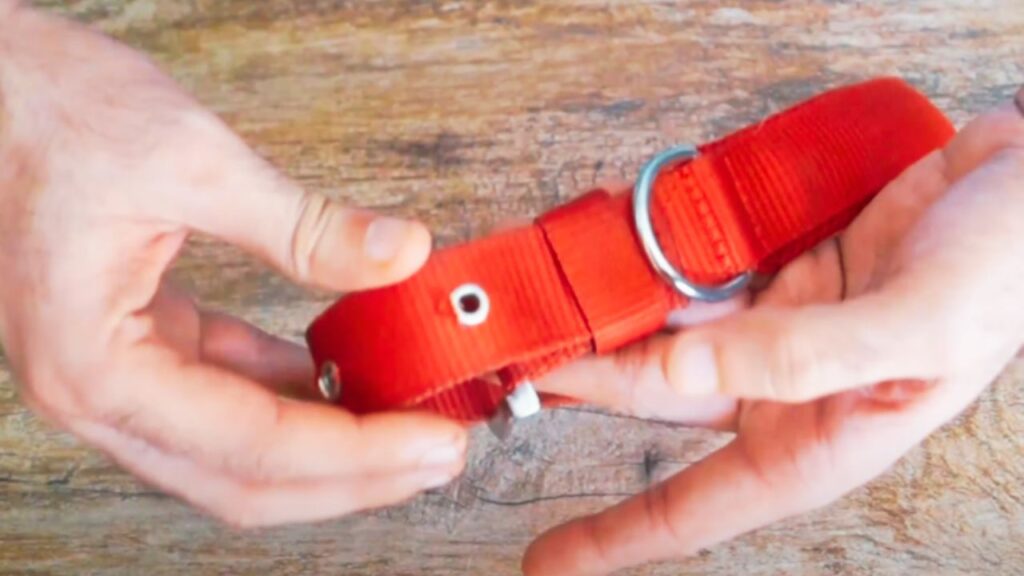
- Size Recommendation: 14-20 inches (36-51 cm)
- Width: ¾ inch to 1 inch (2-2.5 cm)
Pro Tip: Remove flat collars when indoors to prevent hair tangling and matting.
2. Martingale Collars: Preventing Escape
Martingale collars are perfect for Shiba Inus, as they prevent dogs from slipping out during walks. They tighten slightly when the dog pulls but do not choke.
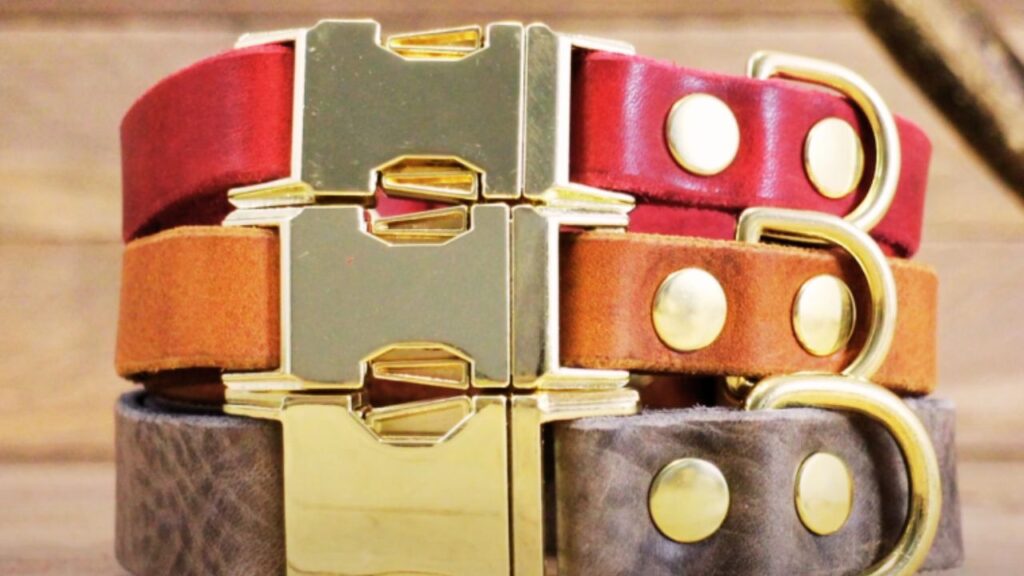
- Size Range: 16-22 inches (41-56 cm)
- Usage: Ideal for leash training and outdoor adventures.
Insight: The Martingale collar tightens by 1-2 inches when the dog pulls, giving you better control without causing discomfort.
3. Breakaway Collars: Safety First
Breakaway collars are designed to release if caught on something, reducing the risk of choking. These are especially useful for indoor use or in fenced areas.
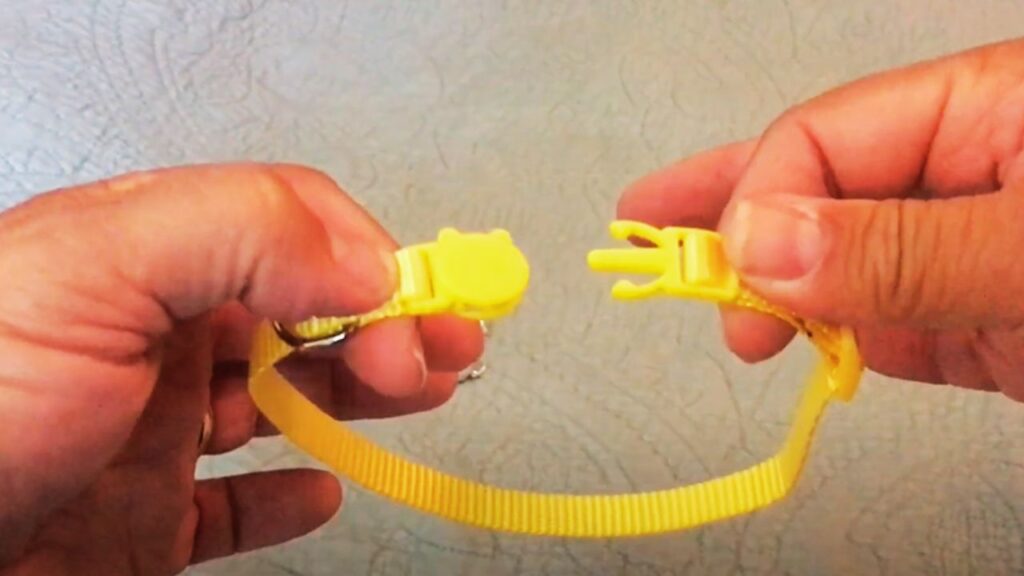
- Best Use: Use primarily for identification purposes indoors or in enclosed spaces.
- Note: Avoid using breakaway collars for leash walking, as they can release unexpectedly.
Discover what size collar is best for a French Bulldog puppy to ensure both safety and comfort during their growing stages.
4. Harnesses: An Alternative to Collars for Walks
For Shiba Inus that pull on the leash, a harness is often a better option than a collar. Harnesses distribute pressure evenly across the chest, preventing strain on the neck.
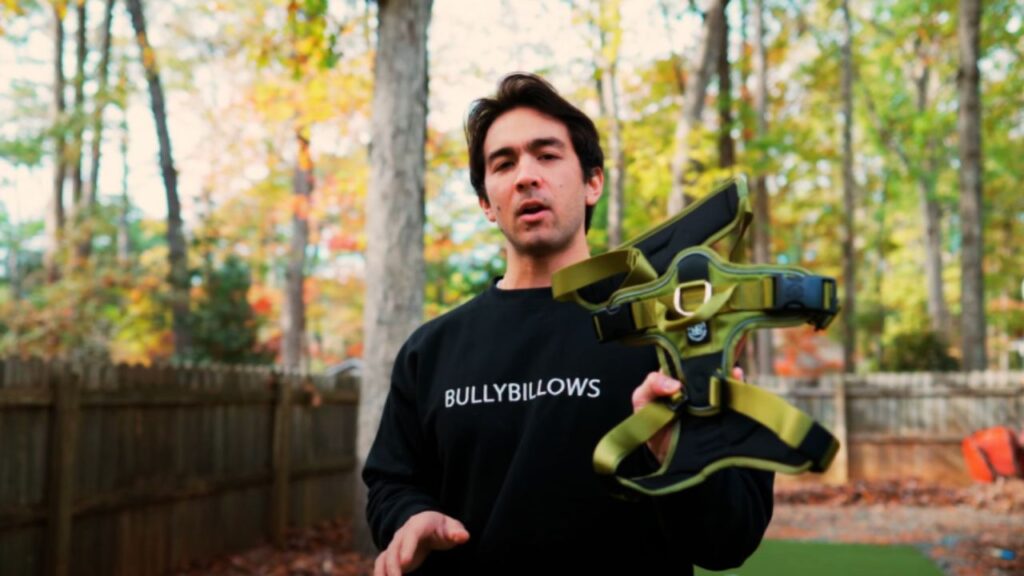
- Measurement: Measure chest circumference and add 1-2 inches for comfort.
- Tip: Use a harness with a back clip to avoid pulling-related injuries.
Step-by-Step Guide: How to Put a Collar on Your Shiba Inu
- Select the Right Collar: Choose a collar based on your dog’s size and activity level. Martingale collars are great for training, while flat collars are ideal for everyday wear.
- Introduce the Collar Slowly: Let your dog sniff and explore the collar before putting it on.
- Position the Collar Correctly: Place the collar at the base of the neck, not too high near the throat.
- Adjust the Fit: Tighten the collar until two fingers fit comfortably between the collar and the neck.
- Check for Discomfort: Monitor your dog’s behavior after putting on the collar. If they scratch or try to remove it, check the fit or try a softer material.
Common Mistakes to Avoid
- Using Collars That Are Too Tight: Tight collars can cause discomfort, difficulty breathing, and injury.
- Leaving the Collar On Indoors: Remove the collar indoors to prevent hair matting and skin irritation.
- Ignoring Size Adjustments: Puppies grow rapidly, so adjust the collar size every 2-3 weeks.
- Using Heavy Collars: Shiba Inus are active, so lightweight collars are preferable to avoid discomfort.
- Skipping Identification Tags: Always attach an ID tag to the collar, even if your dog is microchipped.
Key Insights and Statistics
- Average Collar Size: 14-20 inches (36-51 cm)
- Recommended Width: ¾ inch to 1 inch (2-2.5 cm)
- Frequency of Adjustments: Every 2-3 weeks for puppies, every 2-3 months for adults
- Training Success with Martingale Collars: 65-70% of owners report improved leash behavior within 4-6 weeks
- Lost Dogs with ID Tags: Dogs with ID tags are 38% more likely to be returned to their owners.
Adjusting Your Shiba Inu’s Collar for Growth and Comfort
Shiba Inus grow rapidly during their first year, requiring frequent collar adjustments to maintain comfort and safety. Even adult Shibas may need periodic changes, especially if their weight fluctuates or their coat thickens with seasonal shedding. Properly adjusting the collar ensures it fits snugly without being restrictive or too loose, minimizing the risk of escape or injury. Learn if Dachshunds need special collars to provide the right support and comfort for their unique body shape.
1. Check the Fit Regularly
For puppies, it’s essential to inspect the collar every 2-3 weeks as they grow quickly. Use the two-finger rule: slide two fingers under the collar to ensure it’s not too tight. If the fingers don’t fit easily, loosen the collar slightly.
Adult Shibas, especially active ones, should have their collars checked every 2-3 months, as subtle changes in muscle tone, weight, or fur thickness can affect the fit.
2. Adjust Based on Seasonal Coat Changes
Shiba Inus have a thick double coat that sheds heavily twice a year. During shedding seasons, the collar may need tightening to compensate for the thinner coat. Conversely, as their winter coat grows in, you may need to loosen the collar to maintain comfort.
3. Use an Adjustable Collar for Flexibility
For growing Shibas, an adjustable collar is ideal. This allows you to modify the size without needing to buy a new collar every few months. Ensure the collar expands by at least 2-4 inches to accommodate growth, especially during the puppy phase.
4. Watch for Signs of Discomfort
If your Shiba Inu scratches at the collar frequently or tries to remove it, these could be signs that the fit needs adjustment. Other indicators include redness around the neck or hair loss under the collar.
By staying proactive with collar adjustments, you’ll ensure your Shiba Inu stays comfortable, safe, and stylish throughout every stage of life.
Conclusion: Finding the Best Collar Size for Your Shiba Inu
Choosing the right collar size for your Shiba Inu ensures their comfort, safety, and well-being. With proper measurements and frequent adjustments, you’ll ensure the collar fits snugly without restricting movement or causing discomfort. Whether you opt for a flat collar for daily use or a Martingale collar for training, the key is to select a collar that matches your dog’s size, activity level, and temperament. Hope so, now you know what are the best collar sizes for Shiba Inu?
Always monitor your Shiba Inu’s behavior when wearing a collar, especially during the initial introduction phase. Regularly check for signs of discomfort and adjust the fit as needed. With the right collar, your Shiba Inu will be ready for safe and enjoyable walks, training sessions, and everyday adventures.
Do you have tips or experiences with collar sizing for Shiba Inus? Share them in the comments below! Discover the benefits of using a harness by reading this guide on should a Collie wear a harness.





